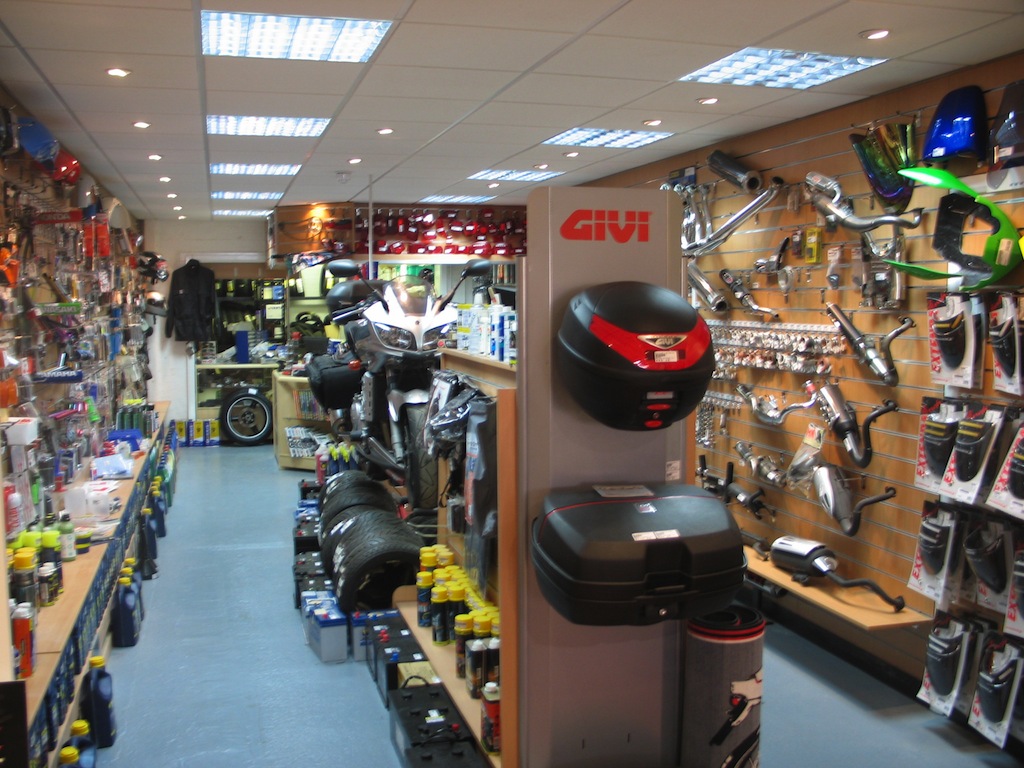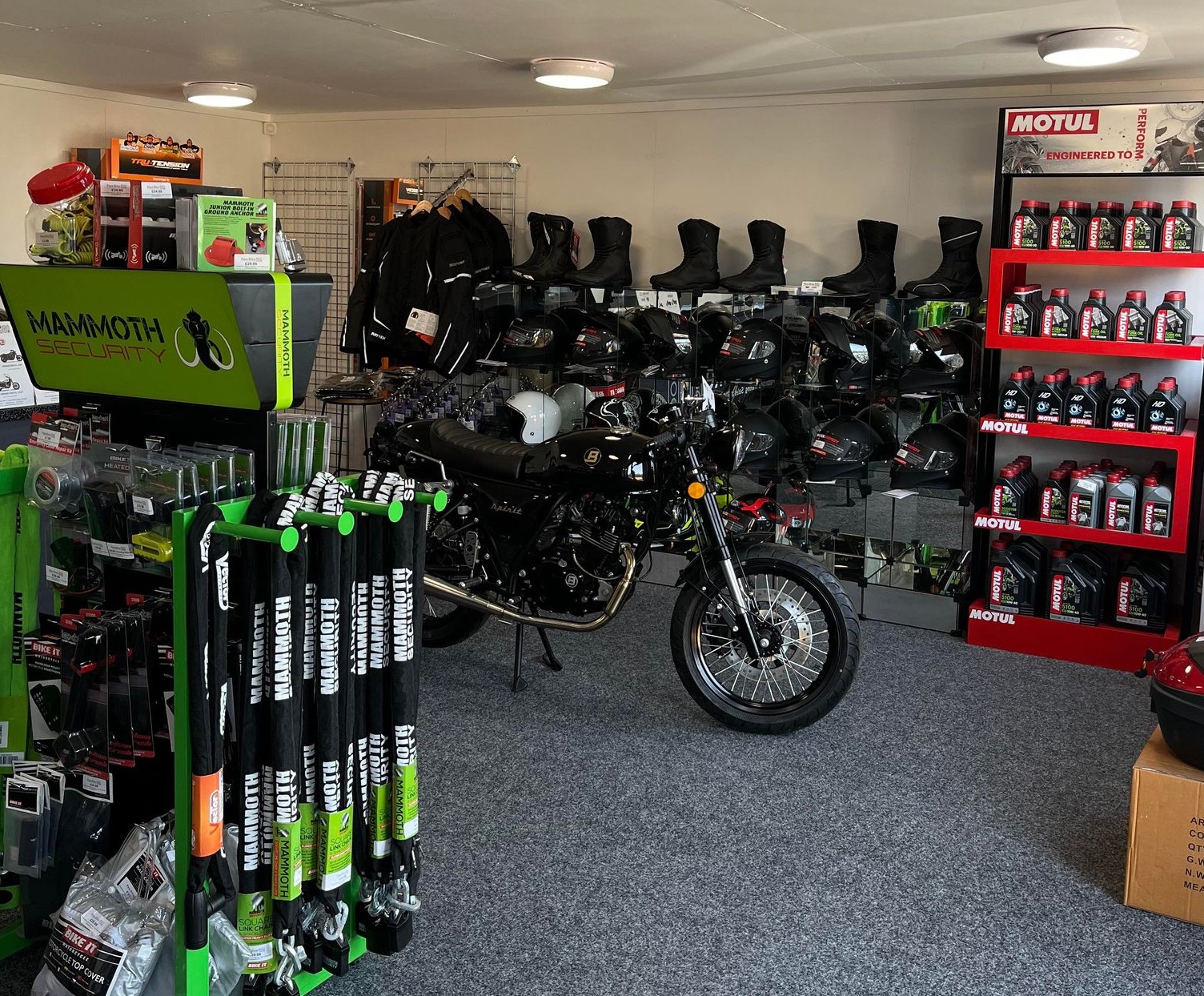Locate Competitive Rates on Motocross Parts NZ for each Bike
Locate Competitive Rates on Motocross Parts NZ for each Bike
Blog Article
Mastering Motorcycle Gears: Exactly How to Maximize Your Riding Experience
In the world of motorcycling, grasping the art of equipment control is essential for enhancing your riding efficiency. Properly understanding and utilizing motorbike equipments can considerably influence acceleration, control, and gas performance, transforming an ordinary trip into a smooth, exciting trip. By integrating accurate shift timing and adjusting gear choice to different road problems, cyclists can guarantee optimum engine performance and safety. The nuances of clutch control, throttle sychronisation, and equipment mechanics beckon a deeper expedition, promising to unlock the complete potential of your maker. Exactly how can these methods be harnessed to really maximize your riding experience?
Comprehending Gear Mechanics
How do the details of gear auto mechanics affect bike efficiency? At the core of motorbike dynamics, gear technicians play a crucial function in converting engine power into activity, eventually determining speed and control. Gears, thoroughly crafted parts, enable cyclists to optimize torque and speed, guaranteeing a smooth shift with different terrains and velocities. The gear proportions, carefully created, determine the relationship between engine revolutions and wheel turns, affecting acceleration and fuel performance.
Recognizing equipment auto mechanics starts with acknowledging the value of the gearbox, which houses numerous equipments of varying dimensions. These equipments engage through a process known as meshing, where teeth of different gears engage to transmit power.
Furthermore, the principle of equipment moving is important to optimizing performance. Prompt and smooth shifts make certain that the engine operates within its optimum power band, preventing unnecessary stress and improving longevity (motocross gear). By comprehending these mechanical complexities, cyclists can accomplish a harmonious blend of power, efficiency, and control, raising their riding experience
Timing Your Changes
Shift timing proficiency is vital for maximizing motorbike performance and improving the riding experience. Effectively timed changes make certain that the engine operates within its optimum power band, which is important for keeping control, achieving smooth velocity, and guaranteeing the longevity of the bike. Bikers must develop an instinctive feeling of when to shift equipments, which includes comprehending the partnership in between engine revolutions per minute (RPM) and speed.
To master shift timing, pay close attention to the engine's noise and feel, as these provide vital clues about when to alter gears. When the engine approaches the upper range of its power band without getting to the redline, the perfect change factor typically takes place - motocross gear. Moving also early can bring about a lack of power, while moving as well late may trigger unnecessary engine strain
Additionally, road conditions and riding style impact shift timing. In city settings, smoother and a lot more frequent changes may be required to browse website traffic efficiently. In contrast, throughout highway riding, less changes at greater speeds can be more appropriate. Practicing in varied settings will enhance your ability to time shifts precisely, eventually boosting your riding experience to a professional level.
Enhancing Fuel Performance
While grasping motorbike equipments is vital for performance, enhancing gas efficiency is equally essential for both economic and environmental reasons. Optimal gas usage not just lowers operational expenses but also lessens the eco-friendly impact of riding. To accomplish this, one need to understand the elaborate connection in between equipment choice and engine performance.
Firstly, selecting the appropriate gear at ideal rates can considerably affect fuel intake. Riding in a higher gear at reduced rates can result in engine carrying, which is damaging to both fuel economy and engine health and wellness. Alternatively, riding in lower equipments at high speeds results in unneeded fuel consumption. Hence, preserving an optimal equilibrium by moving gears abreast with road conditions and expected maneuvers is necessary.
Additionally, regular upkeep plays an essential role in fuel effectiveness. Guaranteeing that the motorbike is well-tuned, with tidy air filters and properly pumped up tires, can minimize and boost the rules of aerodynamics gas waste. Taking on a riding style that embraces steady velocity and smooth deceleration can contribute to much better gas economy.

Techniques for Smooth Transitions
Accomplishing smooth gear shifts is fundamental to improving the riding experience and making sure the longevity of a motorcycle's transmission system. Proper equipment changing not just adds to a smooth experience however additionally lessens damage on the mechanical parts. To understand the art of smooth shifts, motorcyclists must concentrate on a few crucial techniques.

Second of all, clutch control plays a crucial function. Engaging and disengaging the clutch efficiently calls for technique. The motorcycle windscreen deflector clutch lever must be released gradually, enabling a smooth transfer of power from the engine to the wheels without causing a jolt or abrupt movement.

Adapting to Road Conditions
Navigating varied road problems is an essential ability for any motorcyclist aiming to keep control and security. Whether you're riding on wet surfaces, gravel roads, or navigating sharp turns, your ability to adapt your gear usage and riding strategy is vital. Understanding exactly how to adjust your gears properly can significantly influence traction and stability, ensuring a safer trip.
In comparison, when riding on gravel or irregular terrain, reduced gears are preferable. Lower gears offer much better control and permit you to react even more quickly to unexpected changes in the road surface area.
Sharp curves demand precise gear administration to stabilize rate and my explanation control. Downshifting before going into a curve can help keep energy while ensuring the motorcycle remains stable throughout the turn. Consistent practice in diverse conditions boosts your capacity to predict and respond to changes in roadway texture and slope.
Verdict
Mastering motorbike gears considerably boosts the riding experience by boosting fuel, control, and acceleration performance. Adapting gear selection to different road conditions, such as utilizing greater gears on damp surface areas and reduced gears on crushed rock, additional improves handling and safety and find here security.
Understanding gear mechanics begins with acknowledging the relevance of the gearbox, which houses several gears of varying dimensions. These equipments interact via a process known as meshing, where teeth of various equipments engage to transfer power (mx gear nz). Mild changes to the throttle during equipment changes can stop jerky motions and keep a constant riding pace
Whether you're riding on wet surfaces, gravel roads, or navigating sharp turns, your ability to adjust your gear use and riding strategy is extremely important. Adapting equipment selection to different road problems, such as making use of greater gears on damp surface areas and lower gears on gravel, further improves handling and safety.
Report this page